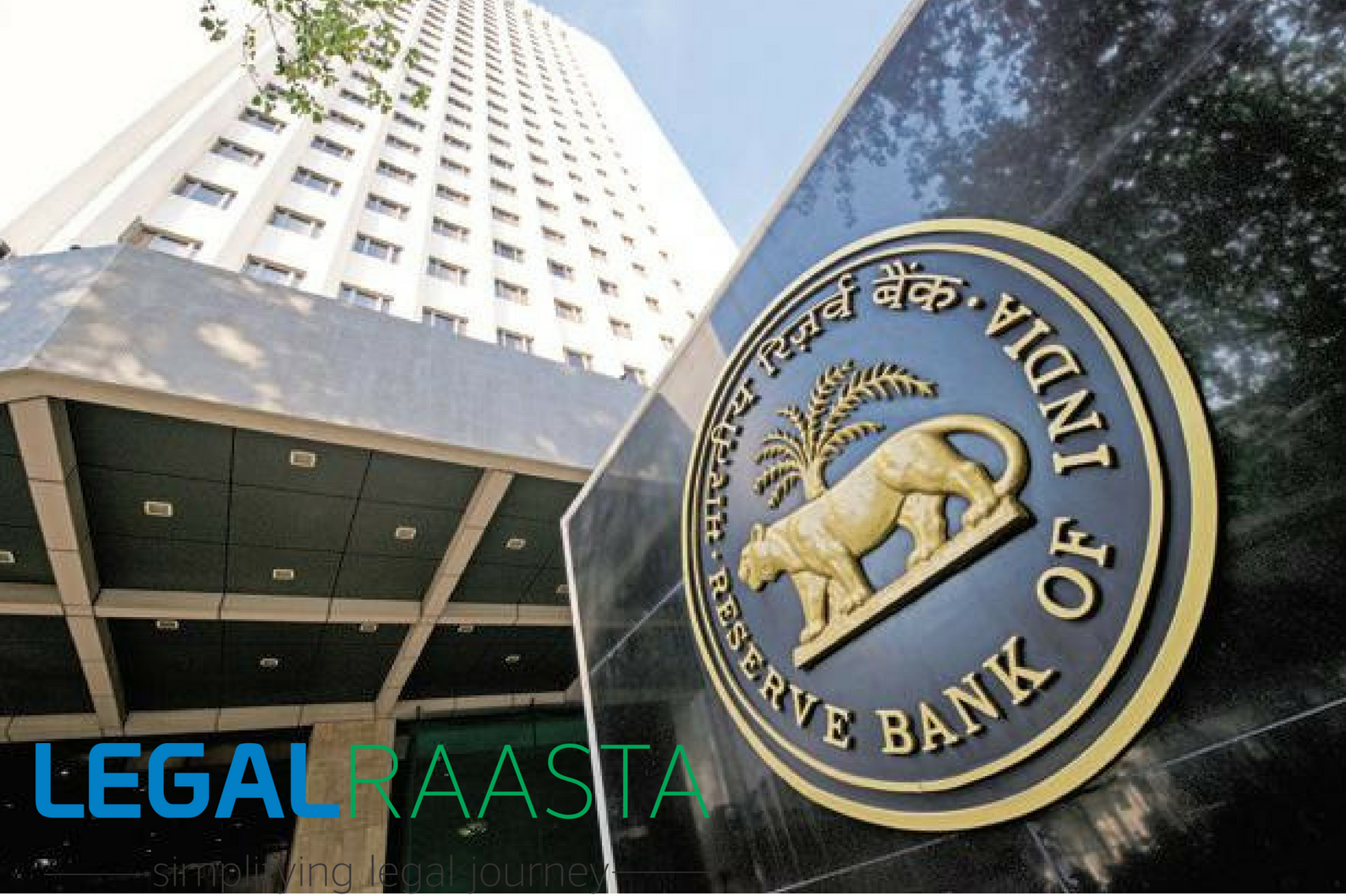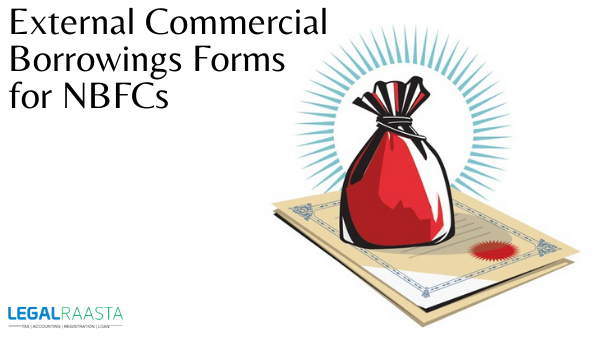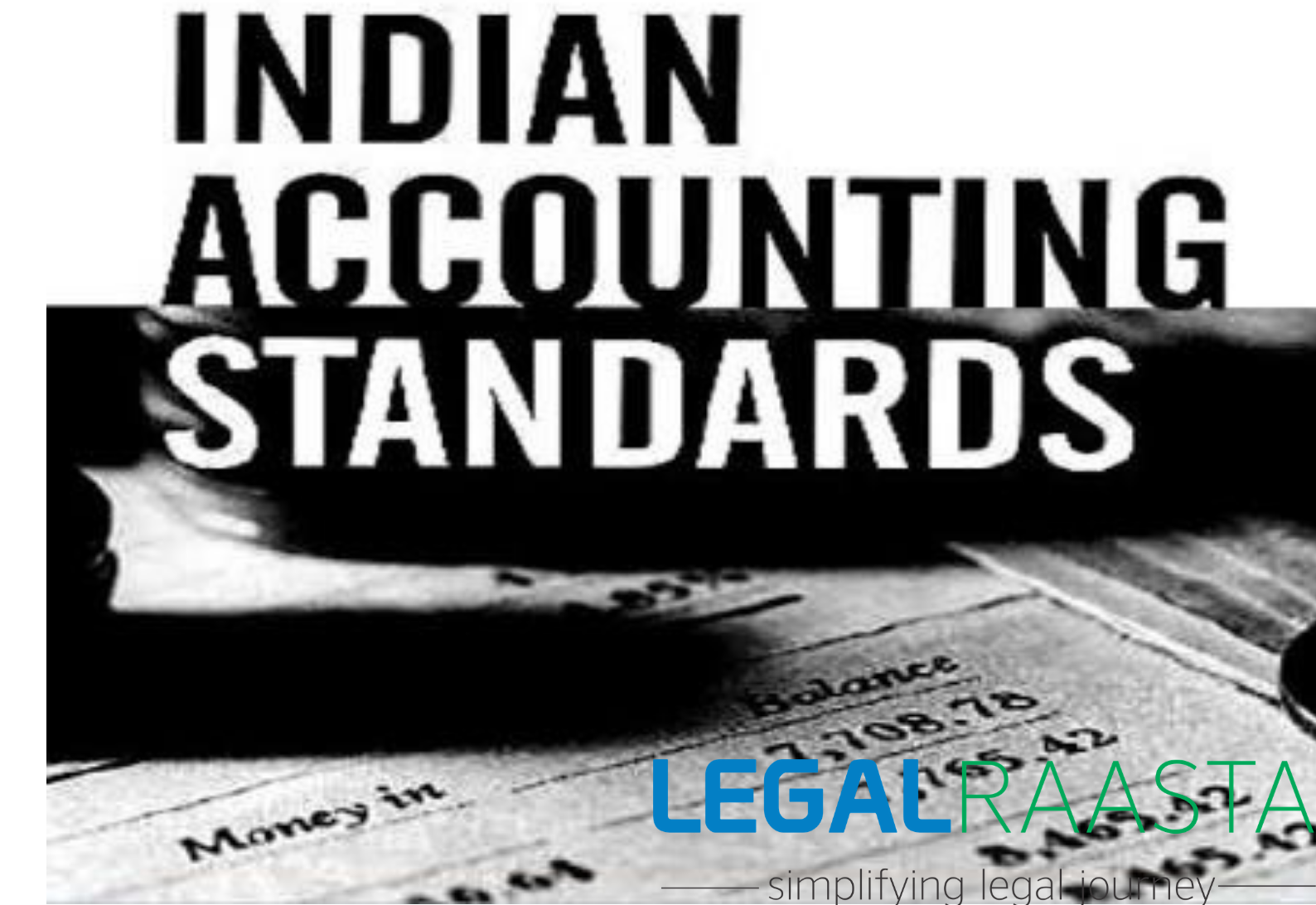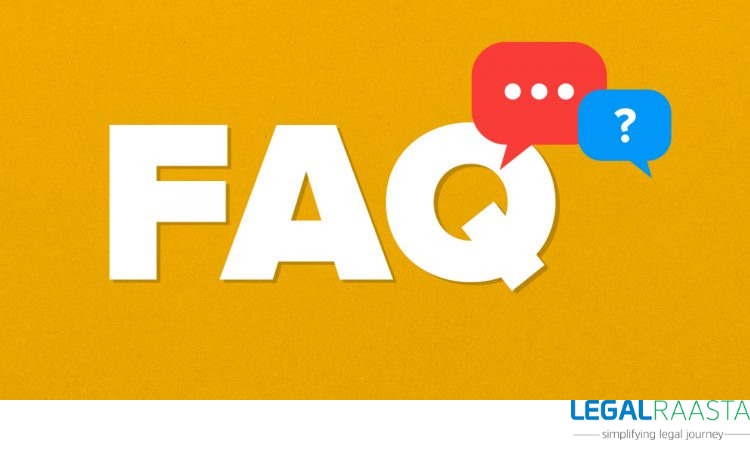RBI hitting on Government owned NBFCs – Withdrawing Exemptions
Overview
With the regulation governing
Non-Banking Financial Companies, the RBI has always been ahead to play an important role in declaring compliances to the government-owned companies as well as non-government companies. In this article, we will let you know what initiatives the RBI has taken for the government NBFCs with respect to compliance as well as withdrawing exemptions for government NBFCs. It has been introduced to make government NBFCs equal to the non-government
NBFCs. The RBI circular has mentioned that it will meet the timeliness norms on capital adequacy, classification of assets, reserve fund maintenance and requirements of provisions, a framework of corporate governance and fair practice code. To know more about
RBI guidelines for NBFCs, you can follow our
blog and get updates and
register NBFC here.
Withdrawing exemptions for government NBFCs
There are certain exemptions for the withdrawal of government NBFCs that RBI has introduced. Those are given below:
- Where the Non-government NBFCs is maintaining a minimum capital to Risk Assets Ratio (CRAR) to 15% in case of Tier-1 capital is 0%, the government NBFCs now have to maintain CRAR to the same level for next four years with Tier-1 capital at 10% by 31 March 2022 according to notification of RBI.
- The RBI circular has mentioned that government NBFCs will meet the timeliness norms on capital adequacy, classification of assets, reserve fund maintenance and requirements of provisions, a framework of corporate governance and fair practice code by the end of the financial year.
- Moreover, government registered NBFCs would now have to maintain a minimum balance of 15% of their outstanding deposits as per the statutory provisions of Reserve Bank of India. It may reach to the minimum level by increasing 5% Points provision between the financial year 2019 and 2022 to comply with the provision of section 45IB of RBI Act, 1934.
- It is a must to create a reserve fund and transferring a sum of not less than 20% out of a net profit every year. It shall be shown in the profit and loss account before any declaration of a dividend to comply with section 45IC of the RBI Act, 1934 from the end of this financial year.
- Further, Government-owned NBFCs are required to maintain minimum investment grade for acceptance of public deposits at the end of the financial year. The deposits up to 1.5 times its net operating fund can be accepted by the government NBFC-D having an investment grade credit rating.
- The limit of government NBFCs for deposits if exceeds then it shall not access fresh deposits or renew existing ones till they conform to the limit. But the existing deposits will be allowed to run off till maturity.
- The overall directions to the NBFCs for the acceptance of public deposits by Reserve bank of India shall be applicable from Balance sheet dated 31st March 2019.
If any NBFC having setup for catering to specific sectors can request RBI for exemptions. This is one of the benefits of withdrawing exemptions for government NBFCs.
Conclusion
The only motive of RBI from this move is to bring government Non-banking financial institutions equal to that of the Non- government non-banking financial institutions regarding compliance with NBFC rules. There are some business entities which has been affected such as Power Finance Corporation, Indian Railway Finance Corporation, IFCI, India Infrastructure Finance Company, Indian Renewable Energy Development Agency and Housing & Urban Development Corporation. It will lead to enhancing a fair and free competition between the two types of ownership structures, subject to investors and the market's valuations.
For further more information regarding
Compliance of NBFCs,
NBFC Registration you can visit our website:
Legal Raasta
Ring us on 8750008585 and you can send any of your queries to Email: contact@legalraasta.com
Related Articles:
Buying and selling of NBFCs in India
Ombudsman Scheme - NBFCs
Section 269SS and 269T applicable to NBFC: RBI










